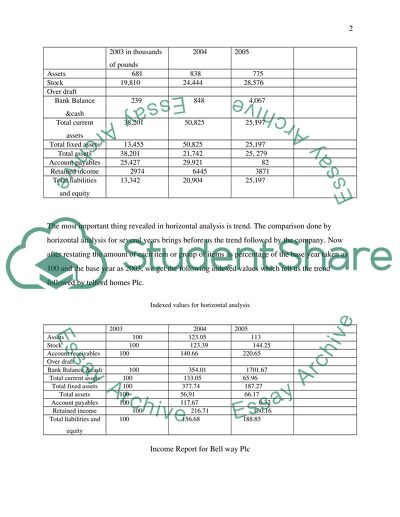Cite this document
(“Managerial Accounting and Business Analysis Essay”, n.d.)
Managerial Accounting and Business Analysis Essay. Retrieved from https://studentshare.org/miscellaneous/1513806-managerial-accounting-and-business-analysis
Managerial Accounting and Business Analysis Essay. Retrieved from https://studentshare.org/miscellaneous/1513806-managerial-accounting-and-business-analysis
(Managerial Accounting and Business Analysis Essay)
Managerial Accounting and Business Analysis Essay. https://studentshare.org/miscellaneous/1513806-managerial-accounting-and-business-analysis.
Managerial Accounting and Business Analysis Essay. https://studentshare.org/miscellaneous/1513806-managerial-accounting-and-business-analysis.
“Managerial Accounting and Business Analysis Essay”, n.d. https://studentshare.org/miscellaneous/1513806-managerial-accounting-and-business-analysis.


